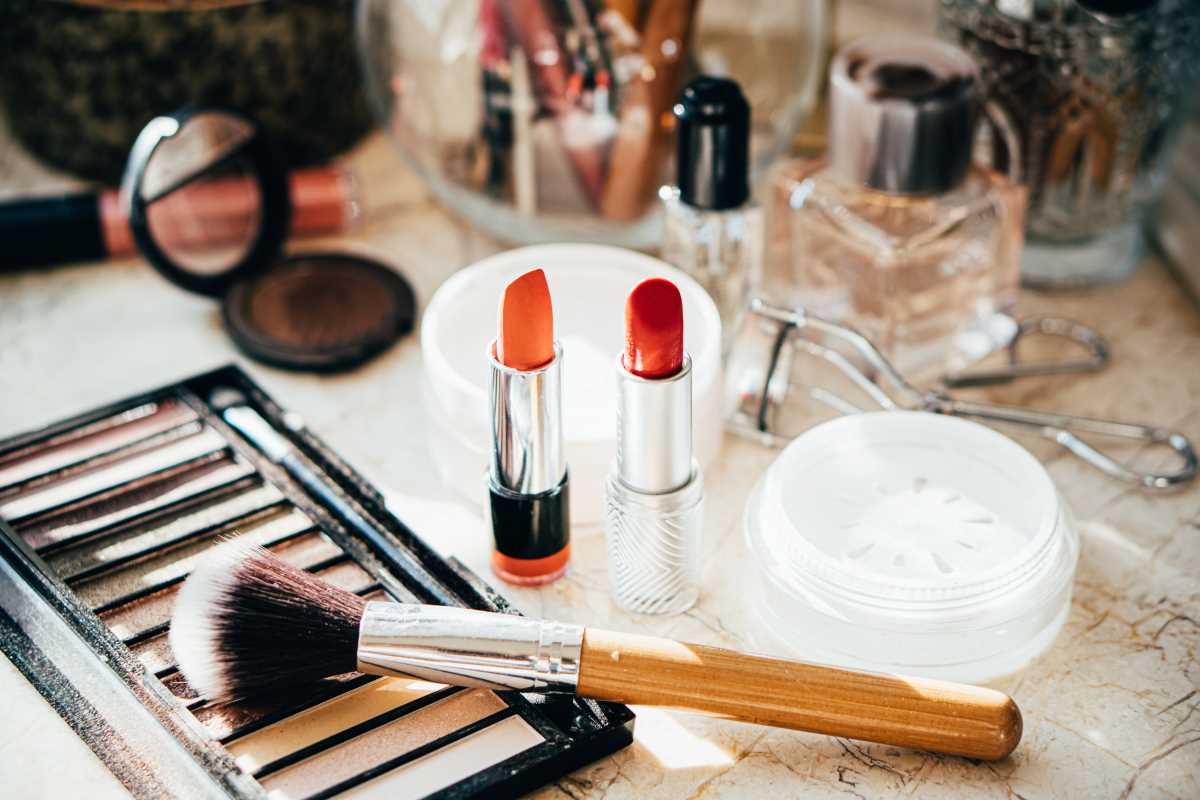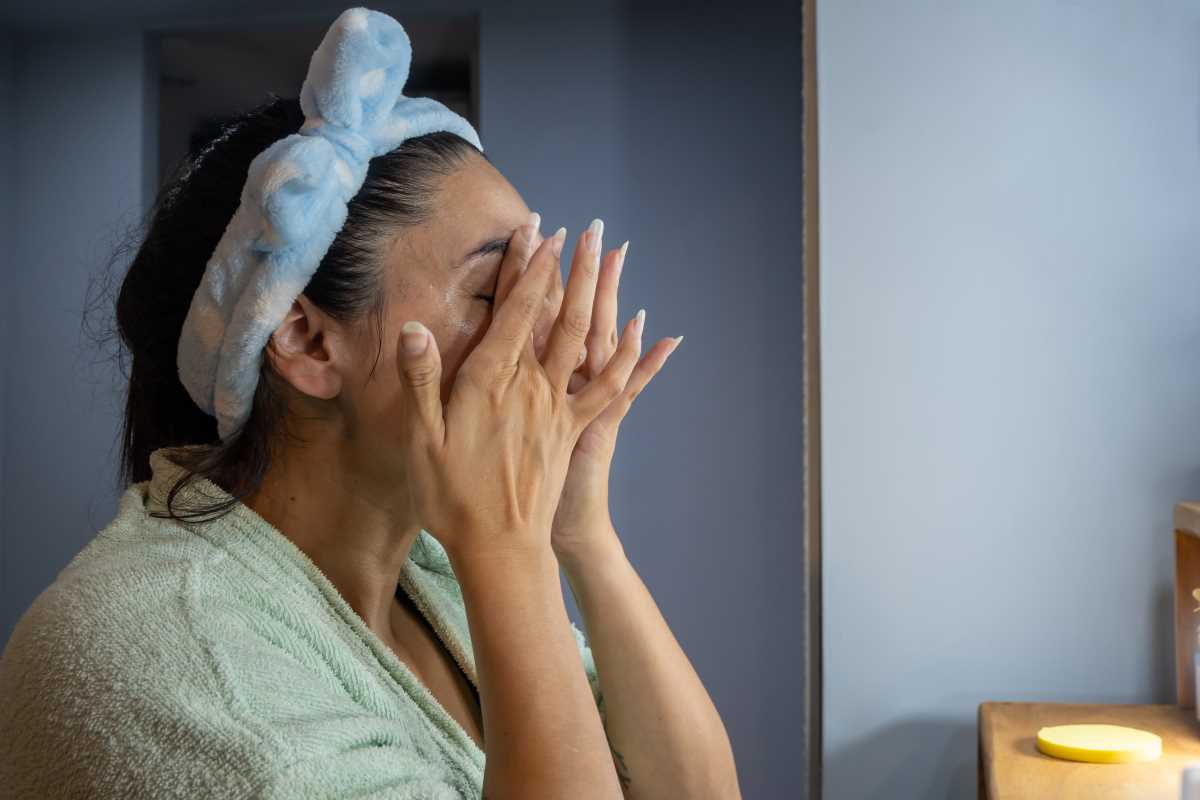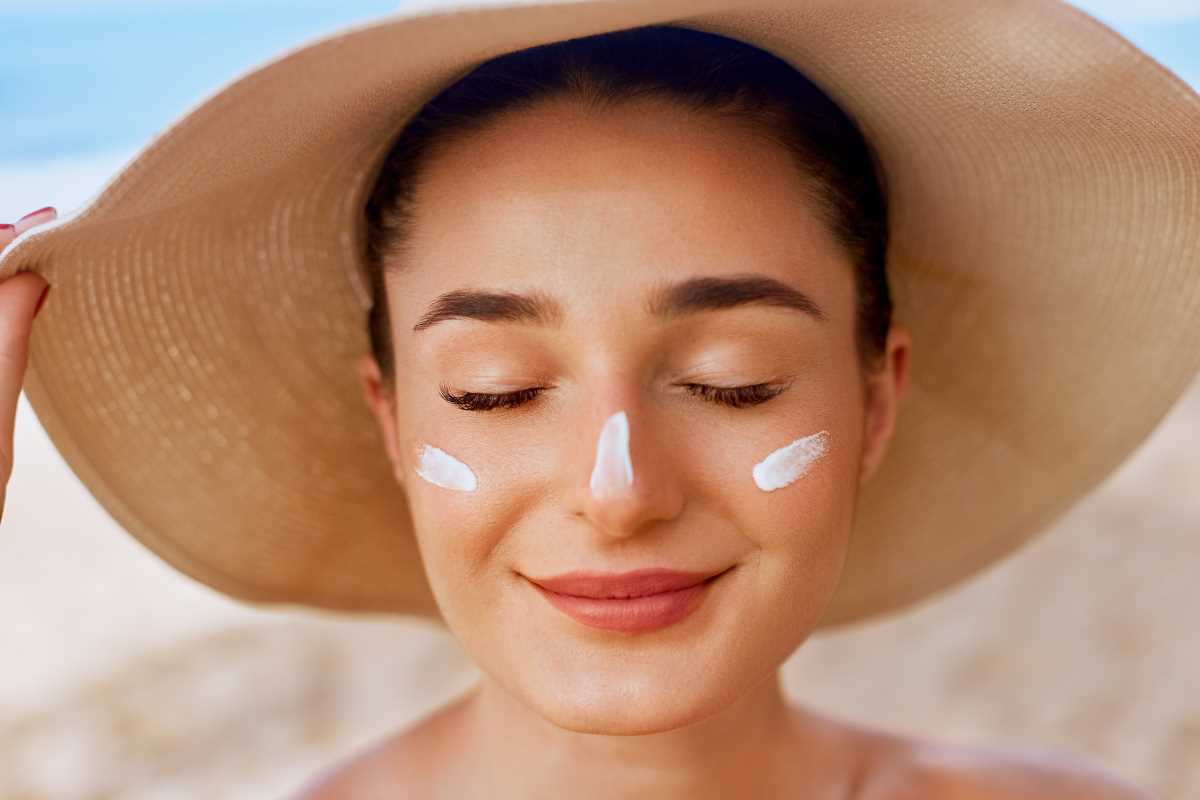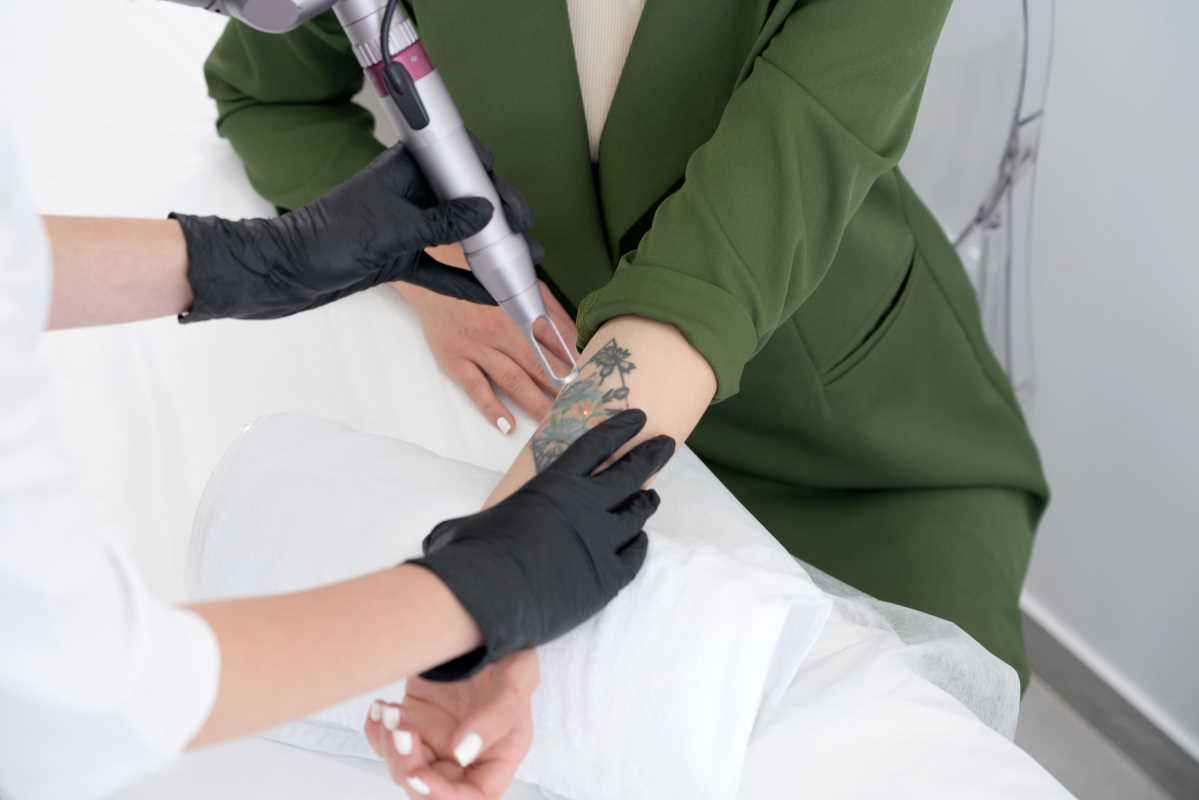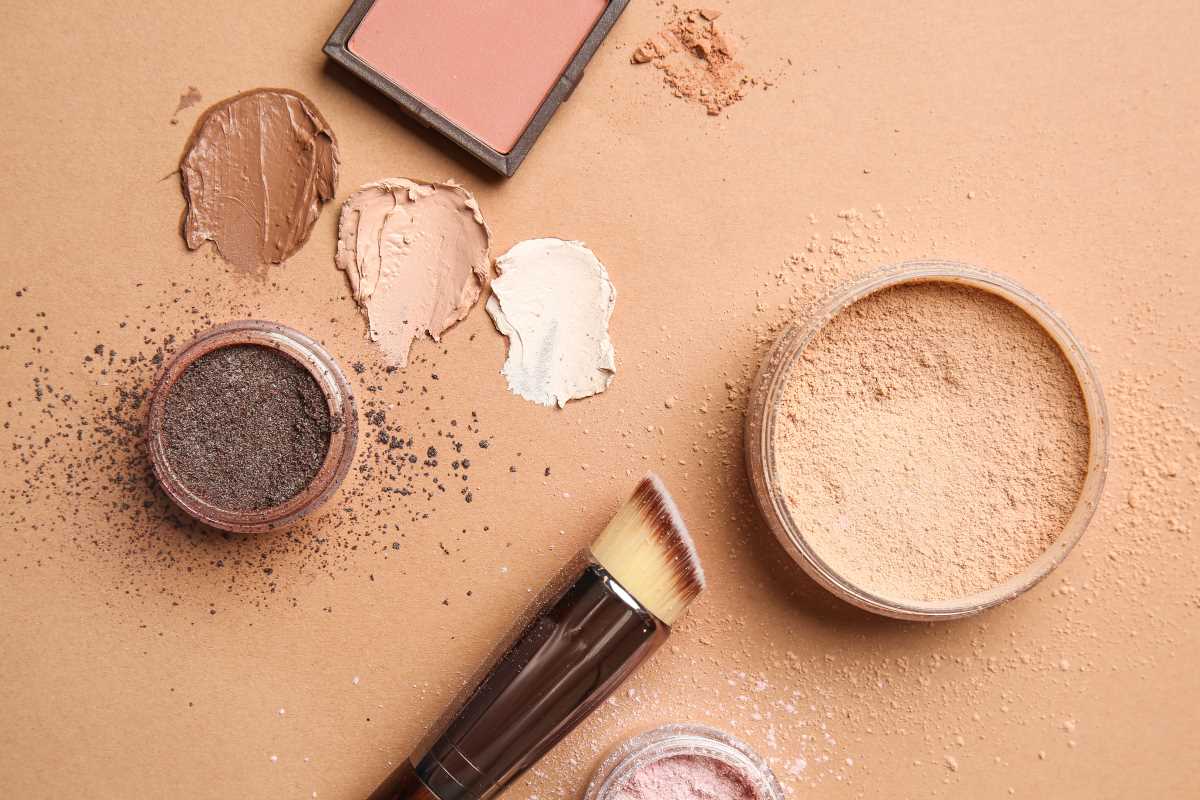Maintaining healthy, glowing skin can be a challenge, especially for those with oily skin. Oily skin is characterized by excess sebum production, leading to a shiny appearance and an increased likelihood of acne and breakouts. However, with the right skincare routine, individuals with oily skin can achieve a balanced complexion and minimize the associated issues. Below is a comprehensive guide on how to create the best skincare routine for oily skin types.
Understanding Oily Skin
Before diving into the skincare routine, it's essential to understand what causes oily skin. Oily skin often results from genetics, hormonal changes, and lifestyle factors. Overactive sebaceous glands produce more oil, which can clog pores and lead to acne. While it's vital to manage excess oil, it’s equally important to maintain hydration and not strip the skin of its natural moisture. There are countless things products that can help people with oily skin.
Cleansing
Cleansing is the cornerstone of any skincare routine, especially for oily skin types. It's crucial to remove excess oil, dirt, and makeup that can clog pores. Look for a gentle, foaming cleanser with ingredients like salicylic acid or tea tree oil, known for their oil-fighting properties.
Start your morning routine with a cleanser to refresh your skin. Massage the cleanser onto damp skin using circular motions, and rinse thoroughly with lukewarm water. This method helps to unclog pores while controlling excess oil. In the evening, double cleanse. Begin with an oil-based cleanser to remove makeup and sunscreen, followed by your regular foaming cleanser to ensure all impurities are eliminated.
Exfoliation
Exfoliation is vital for oily skin, as it helps remove dead skin cells that can accumulate and lead to breakouts. However, it’s important to strike a balance; over-exfoliating can irritate the skin and worsen oil production. Aim to exfoliate two to three times a week using a gentle chemical exfoliant, such as glycolic or salicylic acid.
These acids work to dissolve dead skin cells and encourage cell turnover, revealing a smoother and more radiant complexion. When using exfoliants, apply them after cleansing and follow with a soothing toner to calm the skin. If you prefer physical exfoliants, choose one with fine particles to avoid irritation.
Toning
Toning is often an overlooked step in skincare routines, but it’s particularly beneficial for oily skin. A toner helps to balance the skin's pH levels and can minimize the appearance of pores. Look for alcohol-free toners with ingredients like witch hazel or rose water. These ingredients can help control oil production and soothe inflammation.
After cleansing, apply the toner to a cotton pad and gently sweep it across your face and neck. Allow it to absorb fully before moving on to the next step. Incorporating this step into your routine can enhance overall skin health and prepare it for better absorption of subsequent products.
Treatment
For oily skin prone to acne, incorporating targeted treatments can make a significant difference. Consider using a serum or spot treatment with salicylic acid or benzoyl peroxide to target blemishes directly. These ingredients penetrate deep into the pores to unclog them and reduce inflammation.
Apply the treatment after toning and allow it to absorb before applying moisturizer. It’s essential to follow the product instructions to avoid over-drying or irritating the skin. For those experiencing persistent acne, consulting with a dermatologist for tailored treatment options may be beneficial.
Moisturizing
Many individuals with oily skin make the mistake of skipping moisturizer, fearing it will exacerbate their oiliness. However, all skin types, including oily skin, need hydration. Opt for a lightweight, oil-free, non-comedogenic moisturizer that won’t clog pores. Gel-based formulas are excellent choices, as they provide hydration without the heaviness of cream-based products.
After applying your treatment, follow up with your moisturizer. This step will lock in hydration and keep your skin balanced throughout the day. Look for moisturizers containing hyaluronic acid, which hydrates the skin without adding excess oil.
Sun Protection
Daily sun protection is essential for everyone, but it can be particularly crucial for those with oily skin. Sun exposure can worsen acne and lead to hyperpigmentation. Choose a broad-spectrum sunscreen with an SPF of at least 30. Gel or fluid formulations tend to work best for oily skin types, as they absorb quickly and leave a matte finish.
Incorporate sunscreen into your morning routine, applying it as the final step before makeup. If you find yourself sweating or engaging in activities that may cause the sunscreen to wear off, consider using a mattifying setting spray with SPF for reapplication throughout the day.
Night Routine
Your nighttime skincare routine should focus on recovery and hydration. After cleansing, toning, and applying treatments, ensure you have a suitable moisturizer to help your skin regenerate overnight.
Consider incorporating a retinol product into your routine a few times a week to enhance skin cell turnover. Retinol can help prevent clogged pores and reduce the appearance of fine lines. However, start slowly and gradually increase usage to avoid irritation.
Lifestyle Factors
While skincare products play a vital role in managing oily skin, lifestyle factors also contribute to its overall health. A balanced diet rich in fruits, vegetables, whole grains, and lean proteins can significantly impact your skin's appearance. Stay hydrated by drinking plenty of water throughout the day. This habit not only aids in digestion but also helps maintain skin elasticity and hydration.
Getting regular exercise can help improve circulation and support skin health. Exercise promotes sweating, which can help eliminate toxins and prevent clogged pores. However, make sure to cleanse your skin after workouts to remove sweat and prevent breakouts.
Building a skincare routine for oily skin types involves a series of carefully chosen steps and products designed to manage excess oil while maintaining hydration and balance. By cleansing effectively, exfoliating regularly, toning, treating specific concerns, moisturizing, and protecting against sun damage, you can create a comprehensive routine that supports healthy, glowing skin. Remember, consistency is key, and it may take some time to see results. Tailor the routine to your specific needs and preferences, and don’t hesitate to consult a dermatologist for personalized advice. Embracing a holistic approach that includes lifestyle factors will further enhance your skincare journey, leading to a beautiful complexion you can feel confident in.

